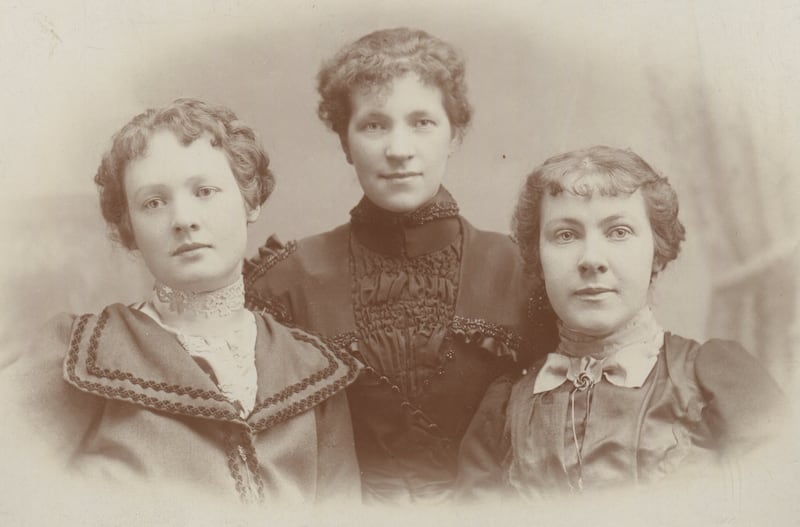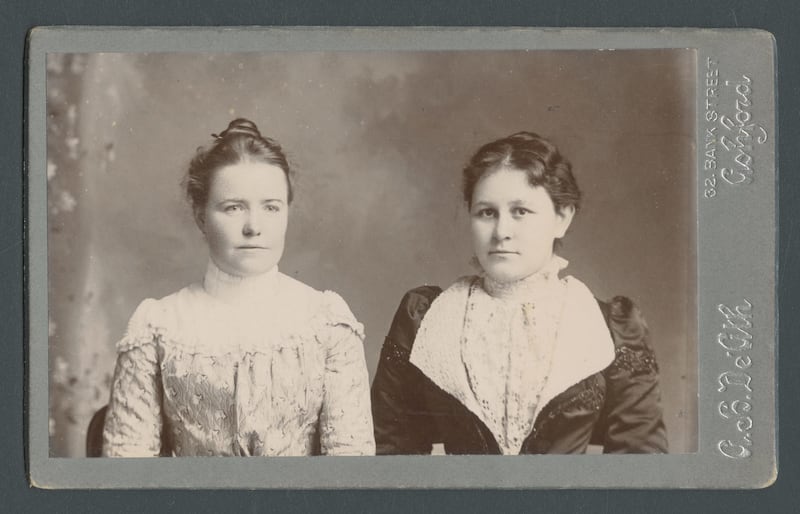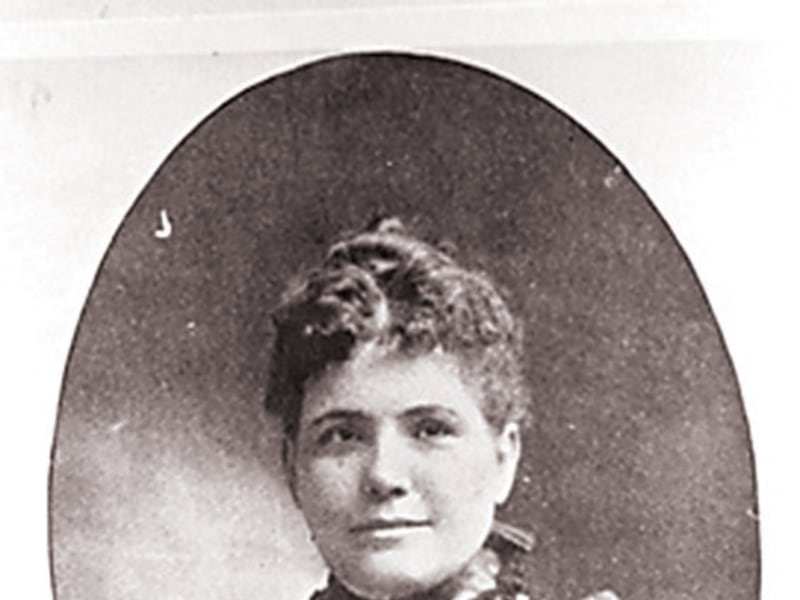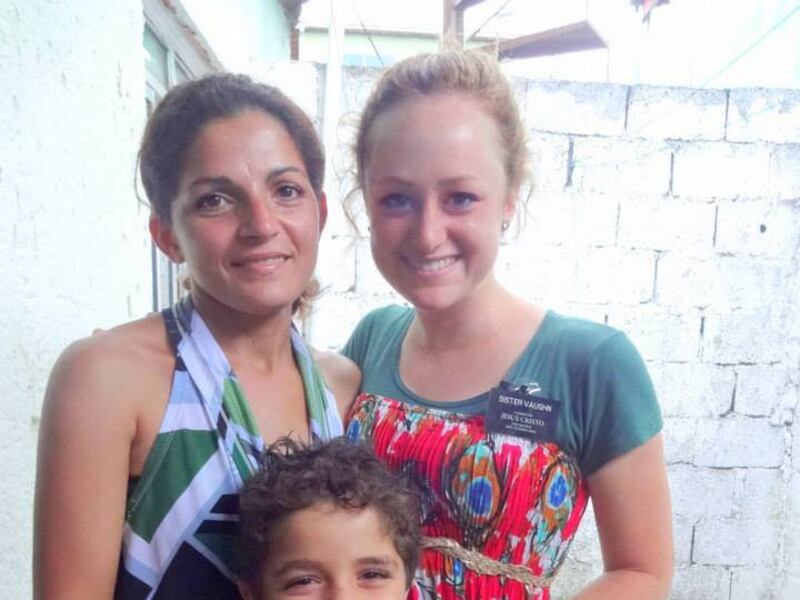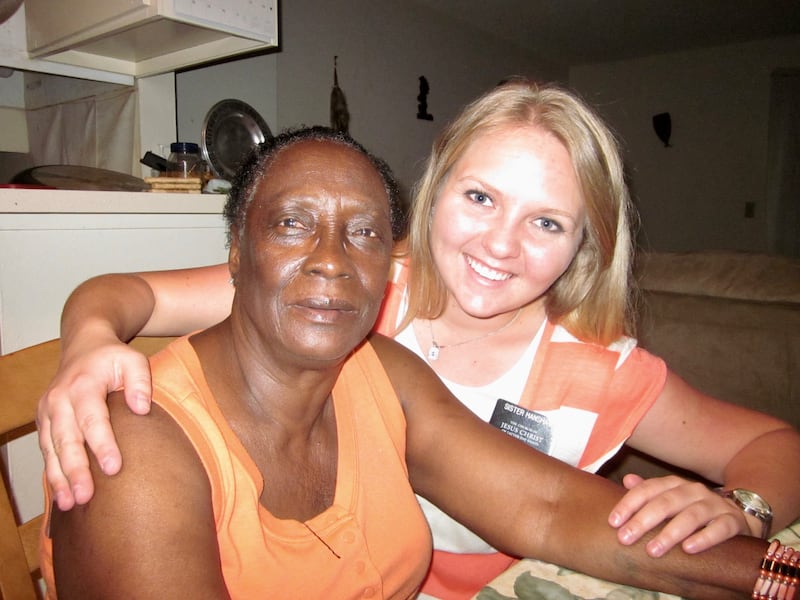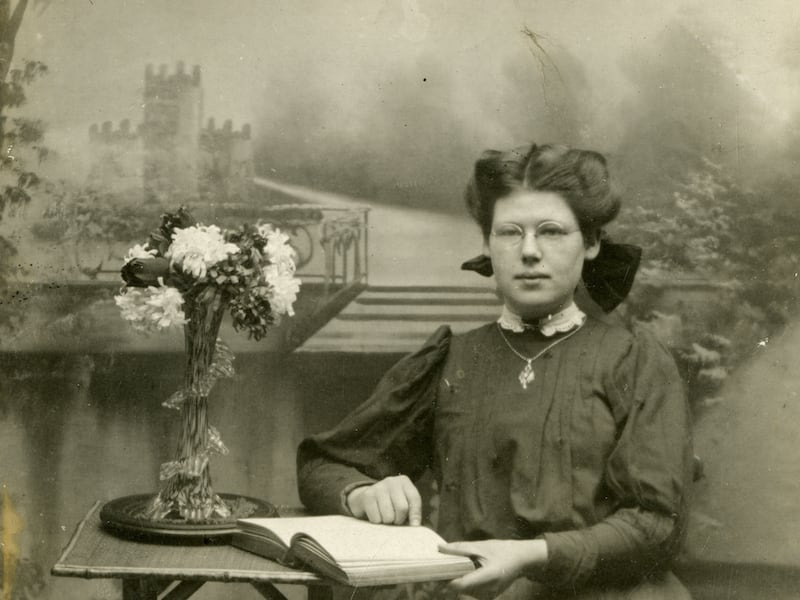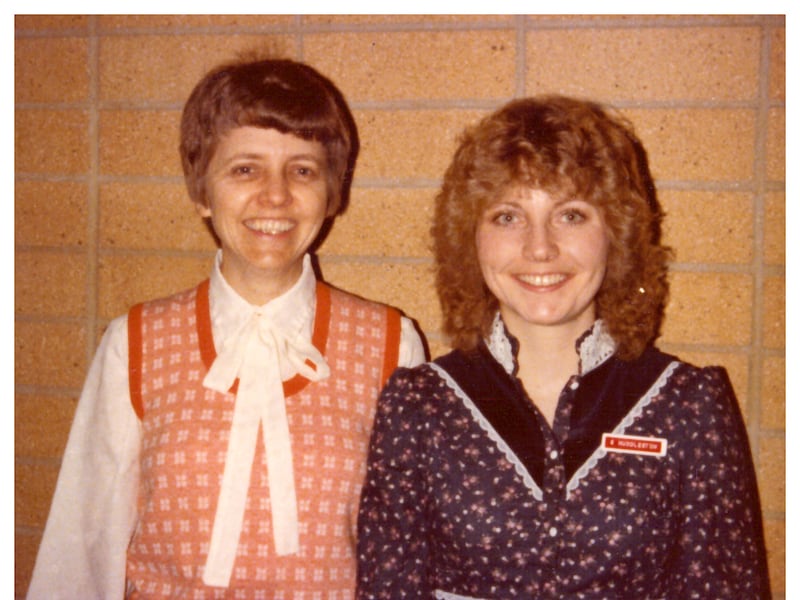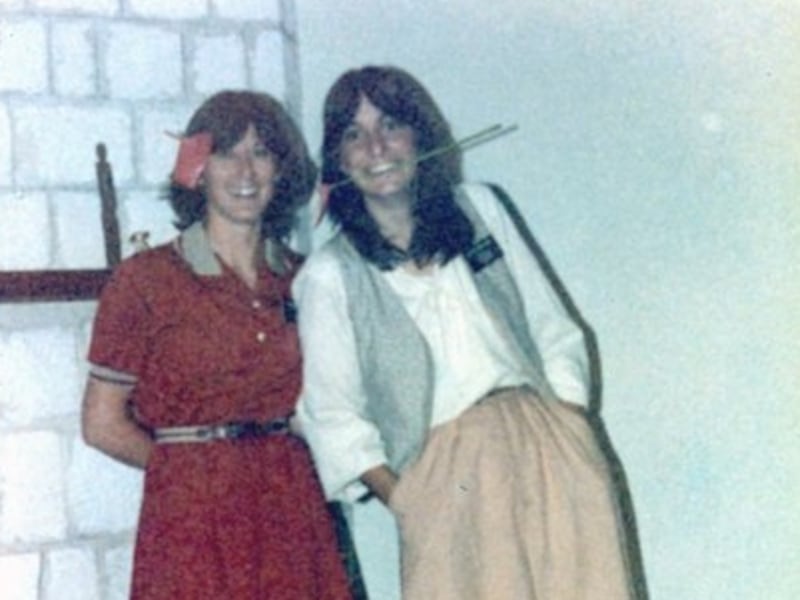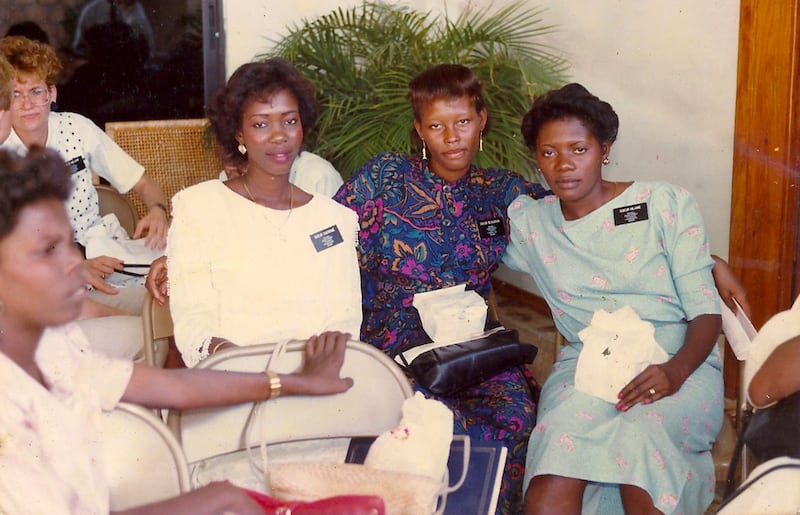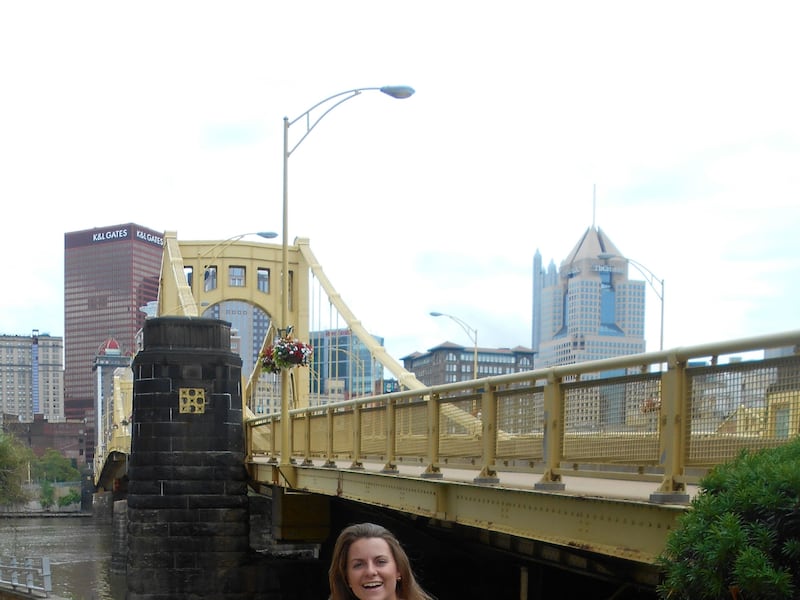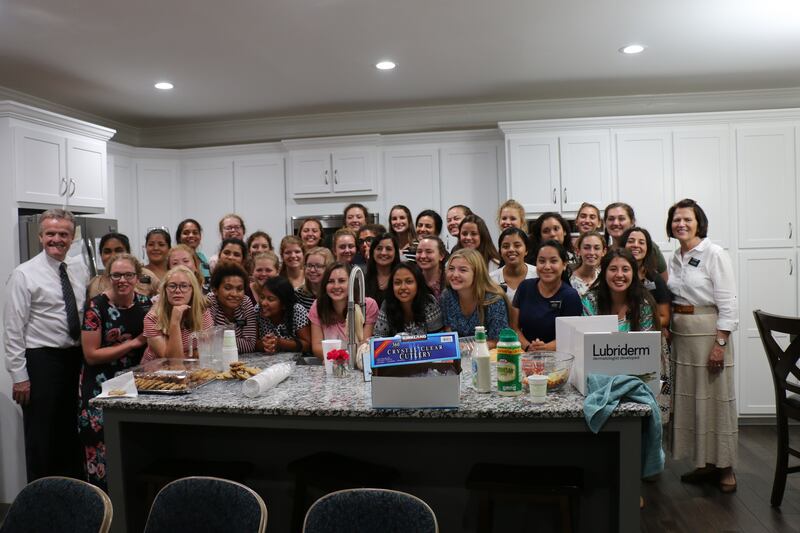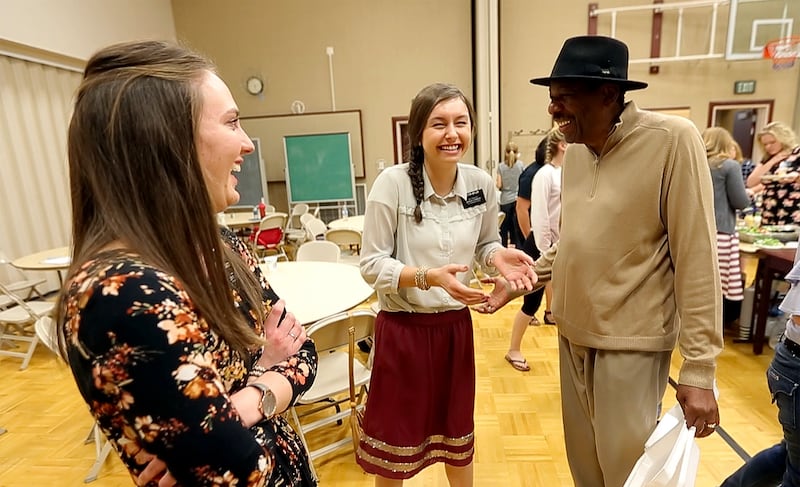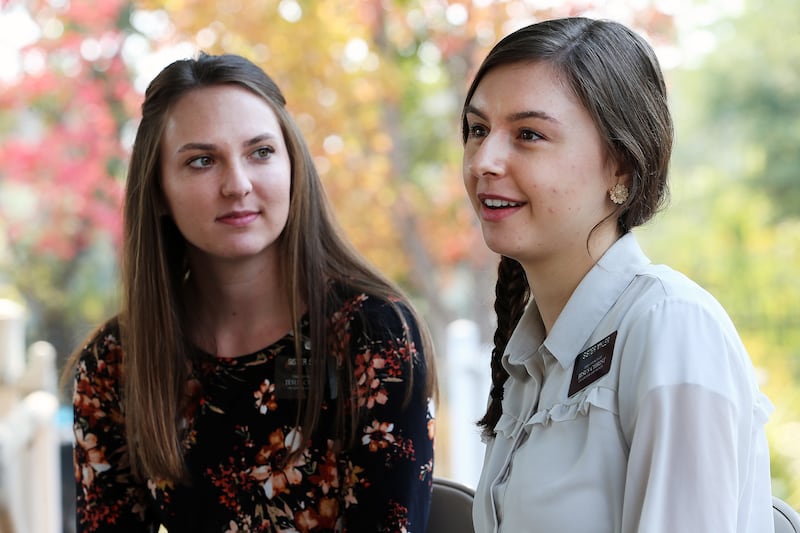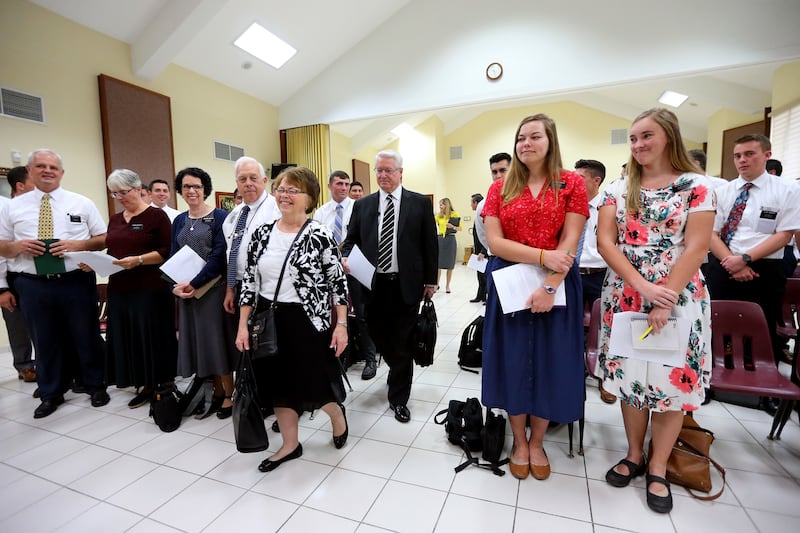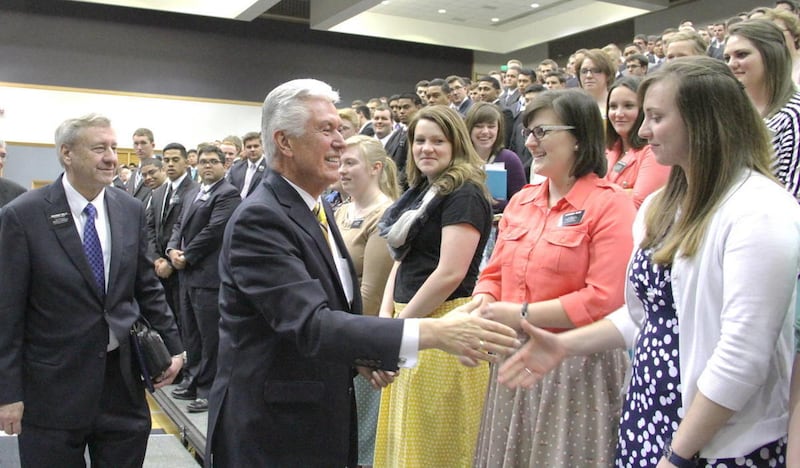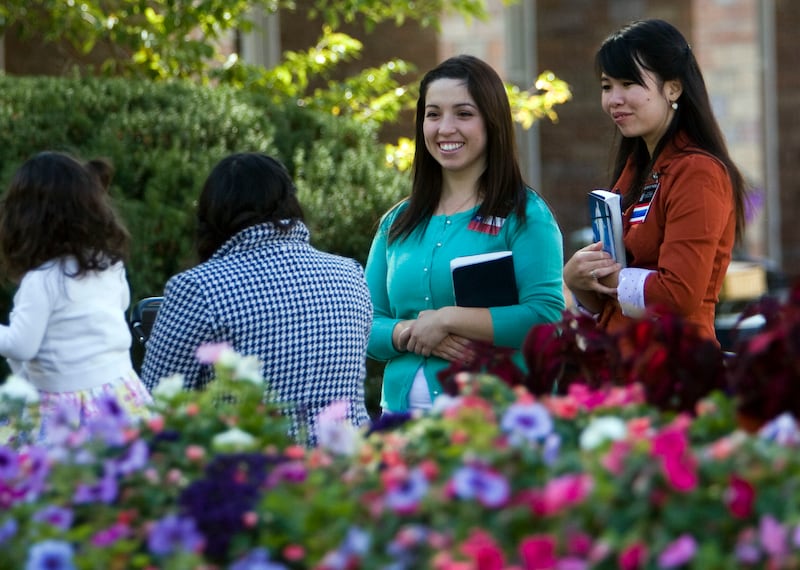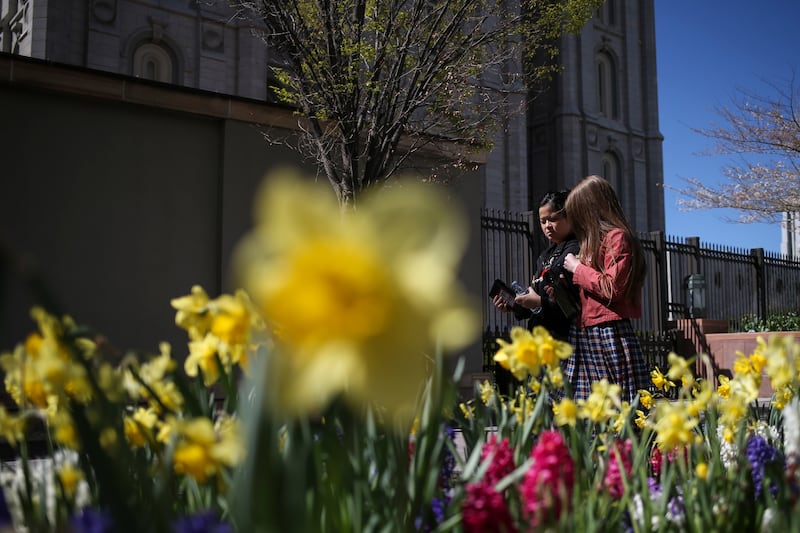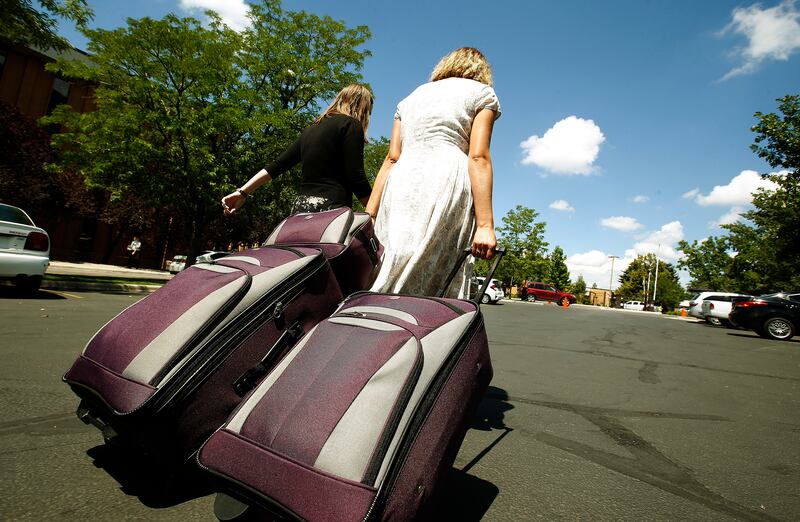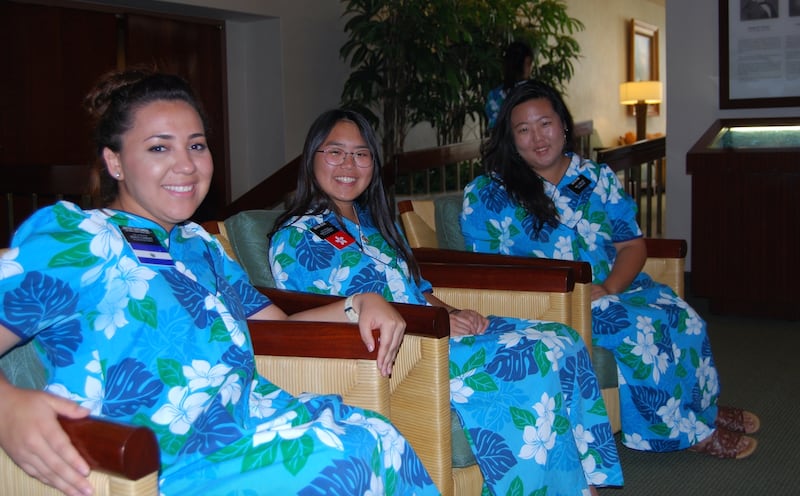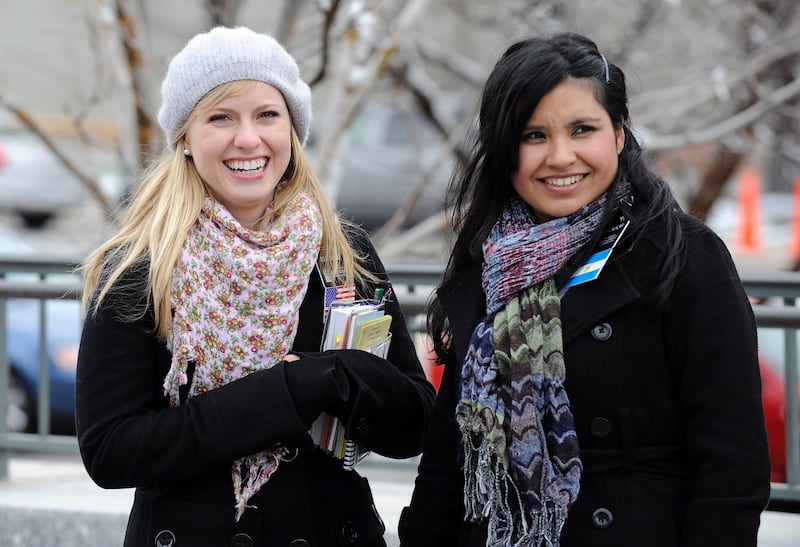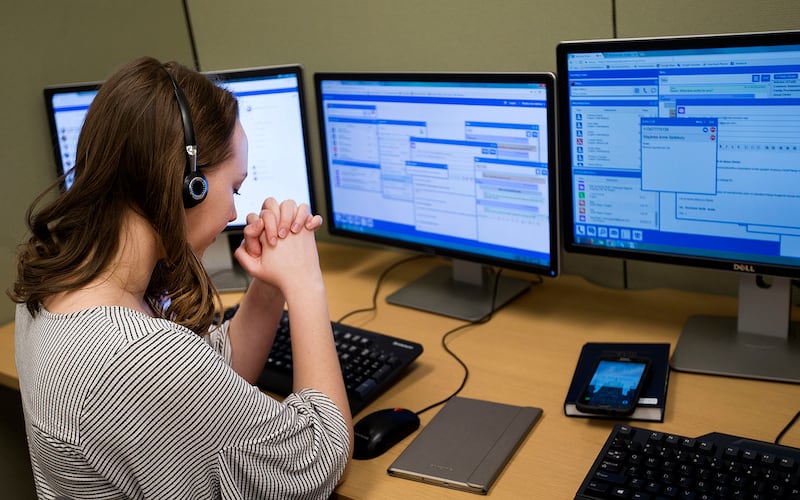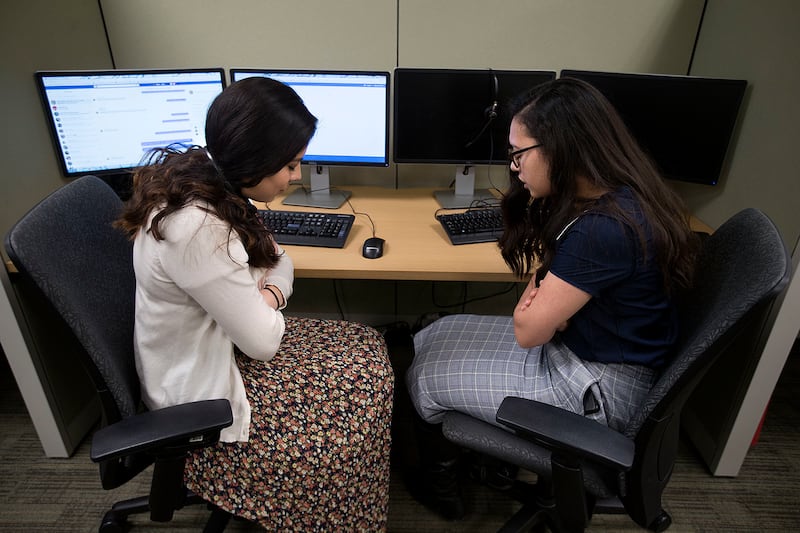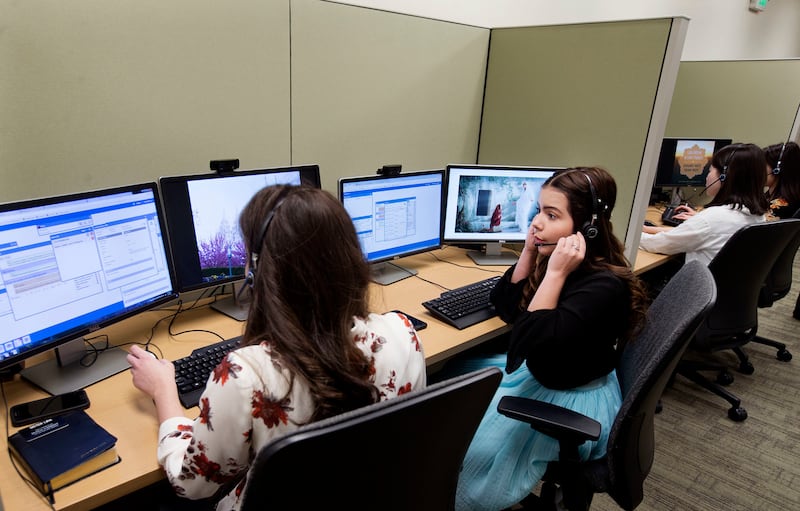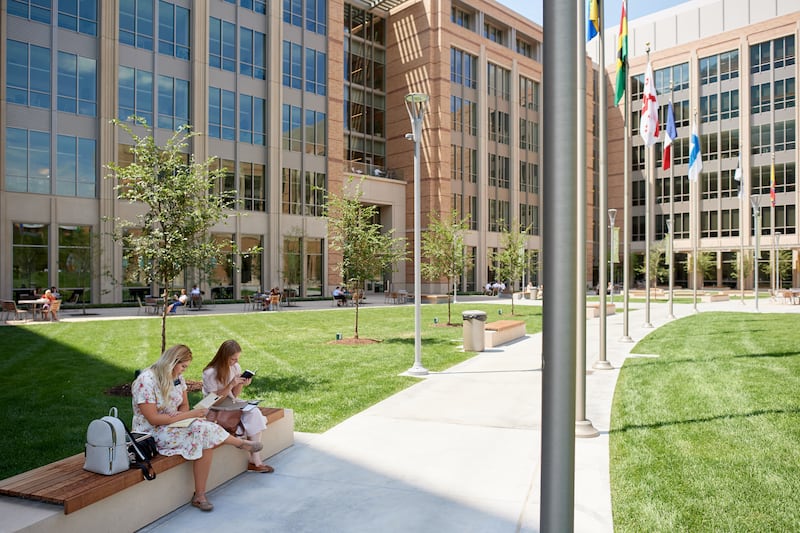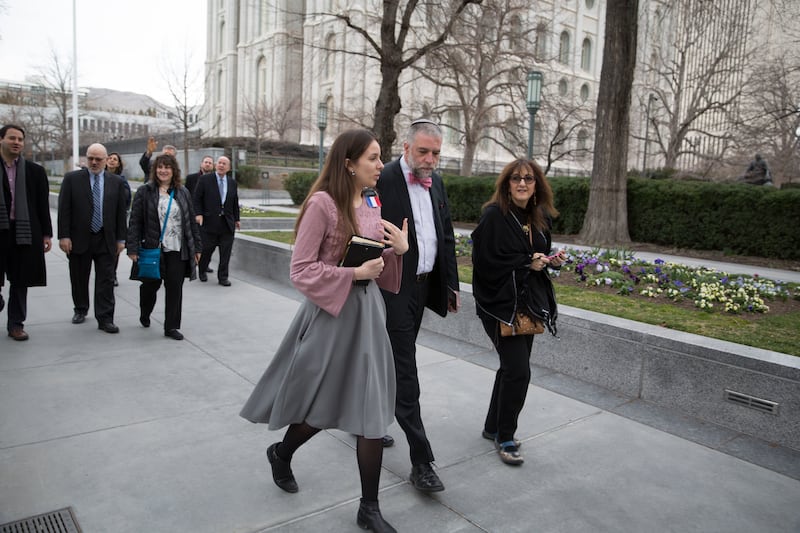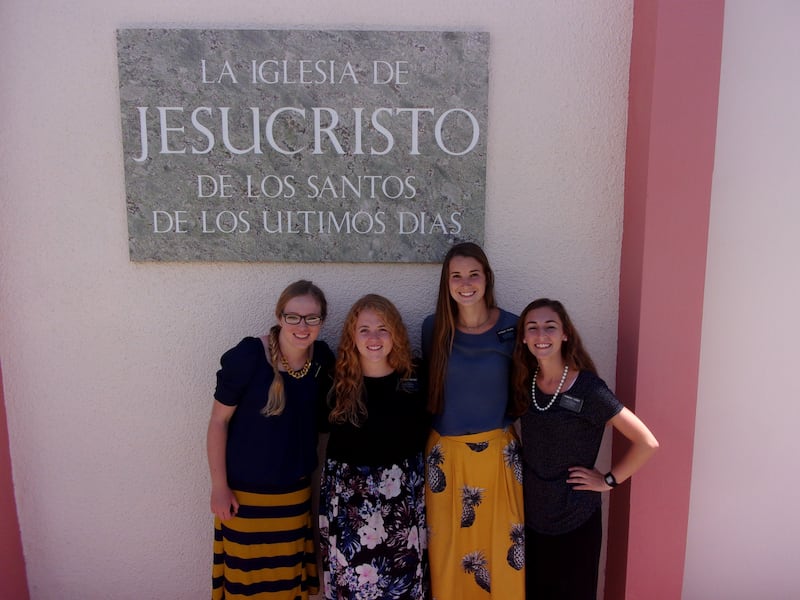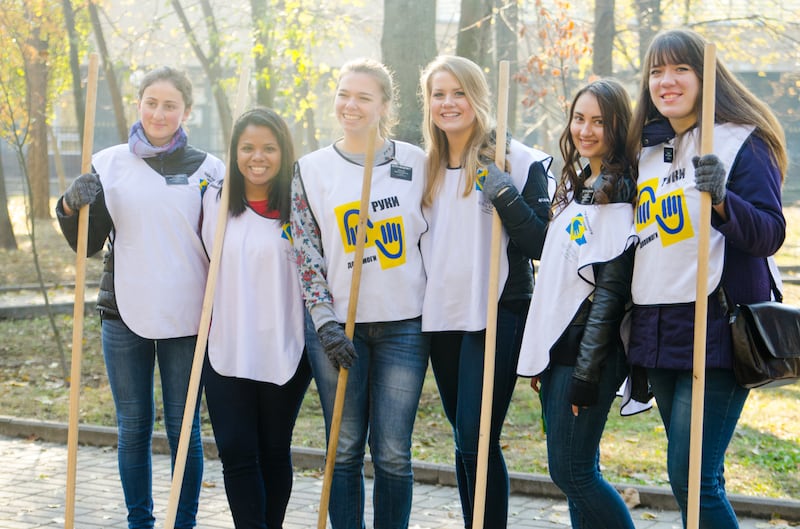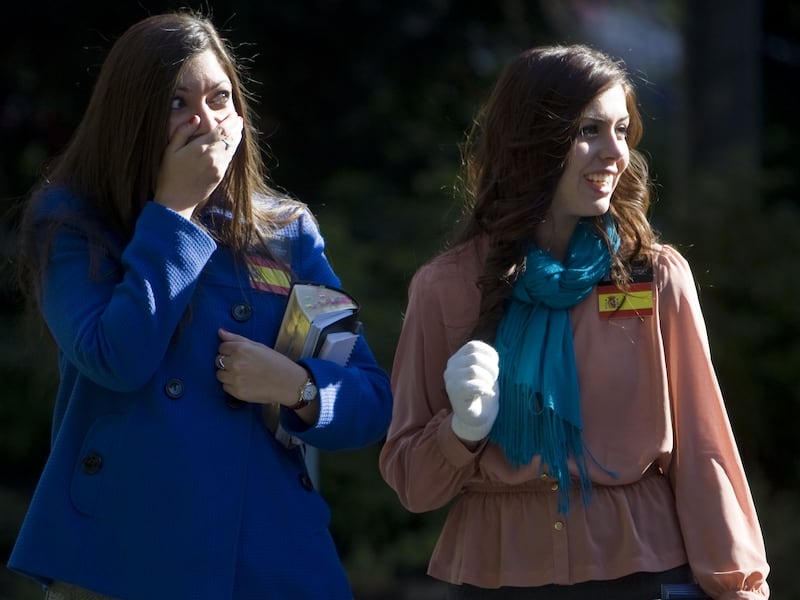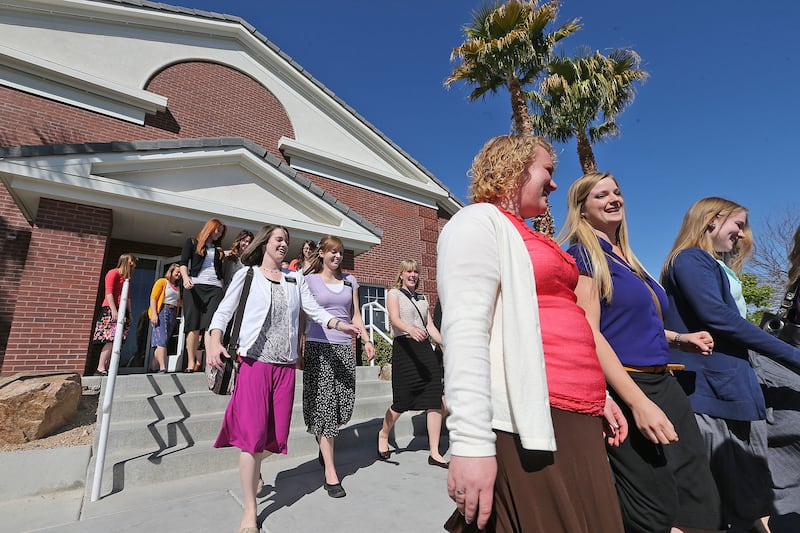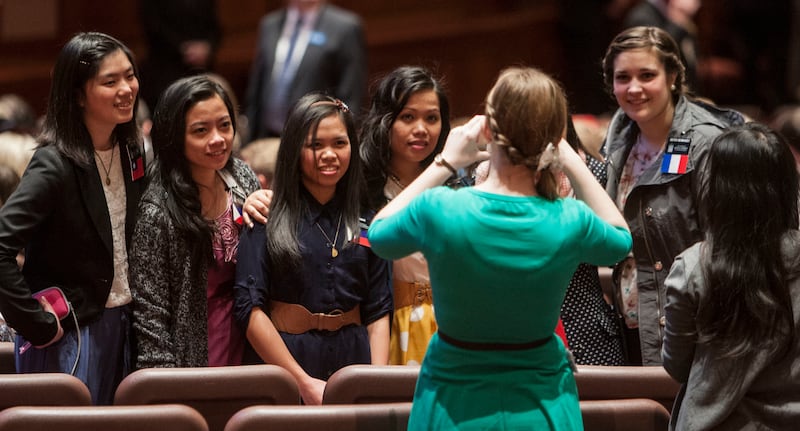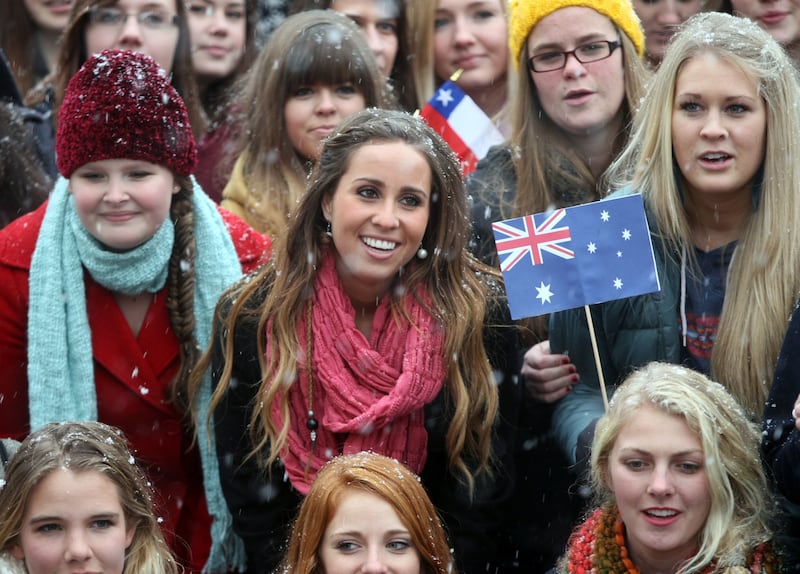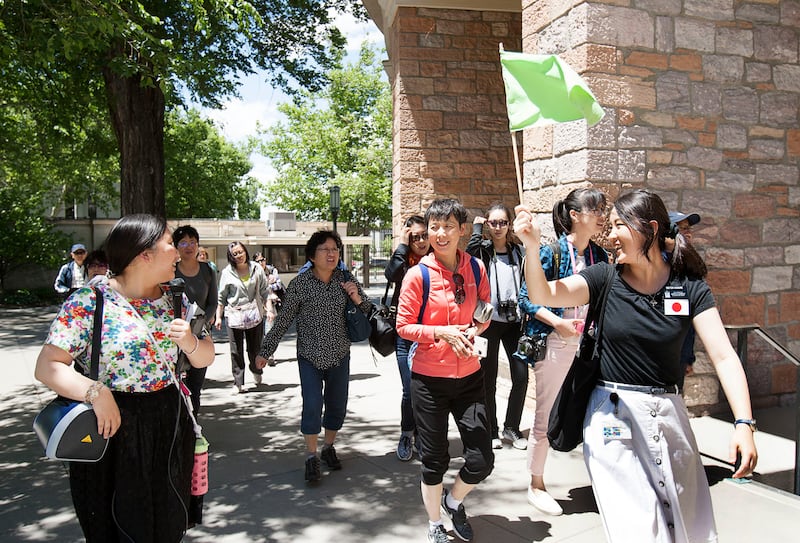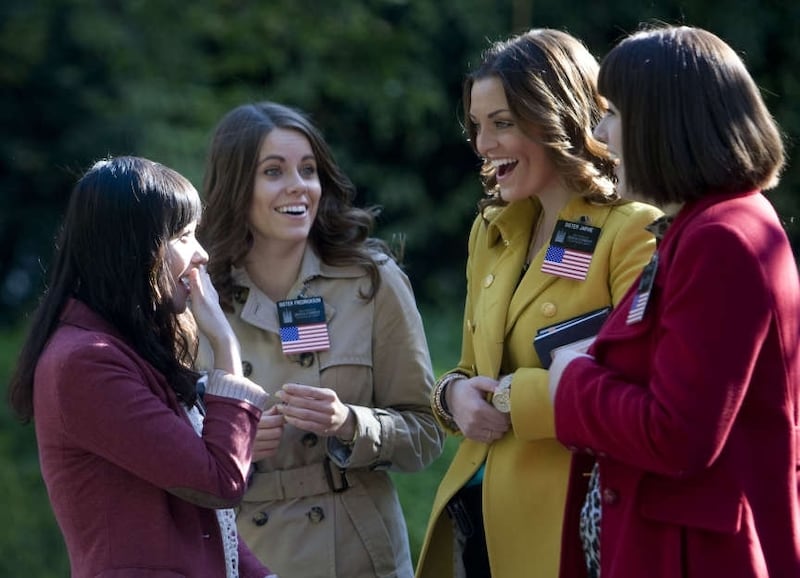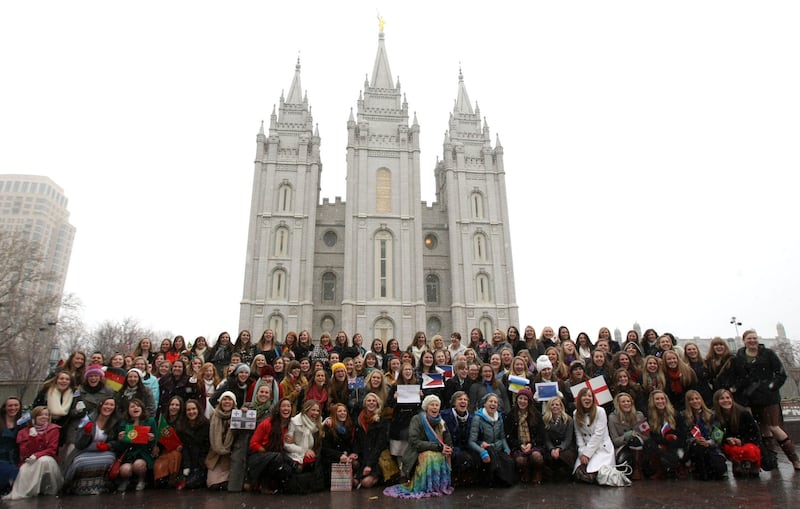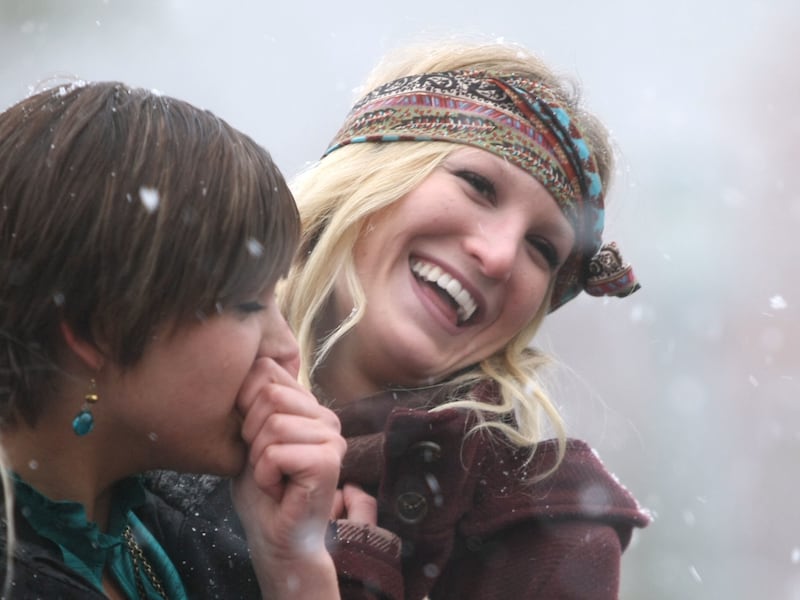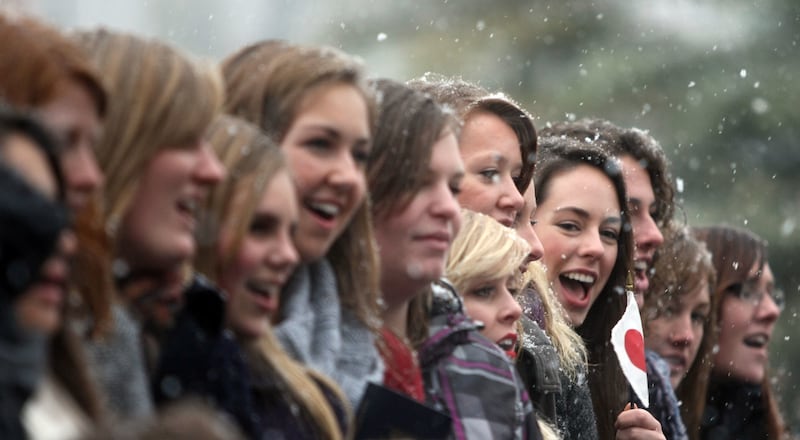SALT LAKE CITY — As one of the first single sister missionaries in the LDS Church, Josephine Booth sometimes felt like an alien.
Walking the streets of Scotland in 1899, people didn't expect to greet a refined, educated "lady missionary," and more than once Booth felt people "at a distance eyeing us as though we were creatures belonging to another sphere," she wrote in her journal. Seeing these poised, articulate sister missionaries was so peculiar that when Booth spoke in meetings, people often "came in off the street to see a Mormon woman."
But that's why the sisters were there.
To counter anti-Mormon efforts in Europe and America, where the popular perception was Mormon women were polygamous slaves and young men were secretly recruiting plural wives, then-LDS Church President Wilford Woodruff felt inspired to break with a 68-year tradition of male-only missionaries. He called upon single young women to help dispel these misconceptions and preach the gospel of Jesus Christ.
This April marks 120 years since those first single sisters were called and sent into the mission field. It's an underappreciated and untold story, according to Matthew McBride, a web content producer for the Church History Department who has researched the history of sister missionaries.

"I don't think we appreciate how important or how revolutionary it was in spite of the fact that it kind of happens in this almost mundane, humdrum way," McBride said. "It was viewed as an experiment at first, but it was a big deal."
Today, there are about 67,000 full-time missionaries serving worldwide in The Church of Jesus Christ of Latter-day Saints. Of those, about 30 percent — more than 20,000 — are sisters, a figure that has increased 17 percent since the age-change announcement in 2012, said Elder Brent H. Nielson, a General Authority Seventy and the Missionary Department's executive director.
"I think there are places that sister missionaries can get into that our elders can't. They have made a wonderful addition to the work," Elder Nielson said. "We're all so grateful to have them serving. They are amazing."
Looking back
While missionary work was mainly a priesthood calling in the early days of the church, some Mormon women didn't hesitate to share the message. There is evidence that Lucy Mack Smith, mother of the Prophet Joseph Smith, taught and helped three people toward conversion in 1831, according to history.lds.org.
Latter-day Saint women like Ann Sophia Jones Rosser, an early Welsh convert, distributed pamphlets and sold copies of the Book of Mormon, which led to the baptisms of 12 people.
During the 1850s, Louisa Barnes Pratt and many other Mormon women accompanied their husbands into the mission field. Although they weren't called as missionaries, these women served faithfully with their husbands, McBride said.
In the decades that followed, particularly the 1880s, opposition to plural marriage tarnished the church's public image. As authors, journalists, politicians and artists portrayed Mormon women as maltreated and oppressed, Relief Society sisters organized efforts to protest anti-polygamy legislation, McBride said.
"This causes church leaders to see women with new eyes," McBride said. "They stood up and were counted. I think that's a powerful moment that prepares someone like President Woodruff to say this situation calls for women missionaries and have no hesitation to make that important decision."
A video produced by the Church History Department tells the story of Elizabeth Claridge McCune, who traveled to England in 1897. While there, she was given opportunities to speak publicly and dispute anti-Mormon claims about women in Utah. Her eloquence and poise impressed Elder Joseph W. McMurrin of the European Mission presidency, prompting him to write to the First Presidency in Utah and ask for sister missionaries in England.
"If a number of bright and intelligent women were called to England, the results would be excellent," McMurrin wrote.
The First Presidency, including President Woodruff and counselors Joseph F. Smith and George Q. Cannon, all men of extensive missionary experience, approved the request and first announced the new policy in March 1898.
Amanda Inez Knight and Lucy Jane Brimhall became the first single sisters called and sent to England. They were officially set apart, received their temple endowments and left with official ministerial certificates in hand, McBride said.

Another Latter-day Saint woman, Harriet Maria Horsepool Nye, was also called as a missionary under the new policy. She joined her husband, President Ephraim H. Nye, who was presiding over the California Mission, according to an LDS.org article.
'Delights and dangers'
Over the next decade, more young women, including Booth, Eliza Chipman, Jean Clara Holbrook, Emily Penfold and others joined Knight and Brimhall in this first cadre of sister missionaries. The sisters navigated the best they could, not only teaching the gospel and overcoming the same opposition as elders, but proving to the elders that lady missionaries could be a valuable addition to the work. In McBride's opinion, the sisters were a "spectacular success," he said.
"These are some of the most polished, most refined and most educated women in the church," McBride said. "They are fantastic journal and letter writers. You read their journals and you see these are just young women experiencing all the delights and the dangers of living far away from home, experiencing new cultures, meeting new people, dealing with flea infestations, mobbings, attacks in the newspapers against their character, braving street meetings, and having just a totally exciting and dangerous life-changing experience."
To appreciate these sisters, you must read their own words, which repeatedly show their good humor and ability to adapt to mission life, McBride said.
Booth, who served in Scotland from 1899 to 1901, wrote of being confronted by a drunken man who got "quite sociable" with her, causing her to scream. The man then chased her "amid many roars of laughter." That night Booth wrote that she "dreamed of drunk men and persecuted Mormons."
In another entry, Booth described being tormented by fleas. "I come out [of] my 'retirement' about three times every night to continue my flea hunts. Talk about Stanley in the wilds of Africa hunting lions. He will never know what my 'diligent hunting' is till he hunts fleas."

In 1899, Knight and Chipman ran into an angry mob on their way to visit a family. With stones and trash breaking windows, the sisters departed, with the mob in hot pursuit. Eventually they reached the police station where they waited an hour, where Knight noted they had a gospel conversation.
"We escaped being hurt, save in our feelings, though our clothing was badly soiled and our hats were somewhat crumpled," Knight wrote.
Despite all they endured, Knight wrote that "many have been led to investigate the truth, through the opposition we received. … We meet all kinds of answers, but each day's round finds sunshine and shower, and without one we might not appreciate the other."
Were the sisters successful in numbers of converts?
"I don’t know," McBride said. "But anecdotally, we can find time and time again reports of people who would not listen to elders but when they saw a woman stand up and speak, and speak persuasively and eloquently about the church and her beliefs, and about Utah, and about whatever the subject might be, that it made a difference for a lot of people."
Booth's granddaughter, Linda Andrews, grew up on stories from her grandmother about the reality of hard work, fleas, doors being slammed and other challenges. She adored her grandmother "Josie" and later served a mission in Scotland as well.
"I idolized her," Andrews said. "I think about what a mission did for her — her ability to speak and work with people, her legacy of the gospel. … She was a peacemaker and served all the days of her life. There was no one like her. It was the beauty of her soul and the example she gave."
Memories and experiences
Although she is no longer active in the LDS Church, Julee Huddleston Webb's mission to Colombia in the early 1980s still means something to her.
While learning Spanish and adjusting to a new culture, Webb also survived robberies, boils, bugs, lizards, some blood and gore, and companions with ulcers, among other physical and mental challenges. Yet she endured, and at one point she and a companion were recognized as the top baptizing companionship at zone conference. Serving a mission helped Webb learn how to do hard things.
"The memories are dear to me. They helped formulate who I am," Webb said. "It was a great experience as I look back on it."

Sandi Solie Holland, who served in Chile from 1966 to 1968, shared similar feelings about her mission.
"The mission toughened me up. We had freezing showers in the winter, freezing blood blisters, the constant rain and cold, the fleas," she said in a 2010 Deseret News article. "It set the tone for my whole life. I can do anything now because I served in Chile."
While some sisters over the years have at times faced dangerous and unsafe situations, the Missionary Department is dedicated to the safety of each sister.
Obviously, the safety of every missionary is critical, but with the recent increase in the number of sisters, the Missionary Department formed a Sister Safety Committee in 2016 that meets regularly to consider approved housing and safe communities for sisters to work in.
"All of us who are parents and grandparents want our daughters and granddaughters to be safe," Elder Nielson said. "We can’t guarantee absolute safety, but we try to be sure they are as safe as they can be wherever they go."
Sister missionaries after the age change
Kelly Matthews and Lexi Hanshaw were among those who served missions after President Thomas S. Monson announced in 2012 that sisters could serve at age 19; the previous minimum age had been 21. Matthews served in Brazil. Hanshaw was called to Colorado.
"My mission was a unique experience that continues to bless me," said Matthews, who met her future husband while on her mission. "I don’t think every girl needs to, but it would be so great if mothers and future leaders could have that experience with the Lord. For me, it was such an invaluable experience."
Hanshaw, who now teaches at the Provo Missionary Training Center, agreed.
"I would have been a good person without a mission, but I feel that much more prepared to be a mother, to share the gospel on the spot when someone asks me a question; to lead; to teach," Hanshaw said. "Those skills that I learned as a missionary have prepared me to serve other people, to learn other things. It has been a foundation for my eternity."

Much like those early single sister missionaries, today's sisters, in addition to teaching the gospel, are helping to clear up false impressions of the LDS Church.
"There are a lot of misconceptions in the world about our church. Some people learn about our church from videos and social media," Elder Nielson said. "Having both elders and sisters out in the field, teaching the gospel, shows the world that sisters are a major part of what we do."
While Elder Nielson applauds the work of all missionaries, the valuable contributions of sisters should not be overlooked. Sisters have become a vital part of each mission leadership council, a group that meets monthly and includes the mission president, his wife, the president's assistants and a number of zone leaders and sister training leaders.
"Just like in a ward council, the sisters bring thoughts, feelings and impressions that the elders may not have," Elder Nielson said. "They are making a significant contribution."
Sister missionaries are also making an important contributions to missionary work through technology. When they aren't out proselytizing, sisters serving at every visitors center in the world are sitting at computers, responding to inquiries and questions in a multitude of languages from millions of people around the world on Mormon.org. Last year, these online teaching centers shared the gospel with more than 140,000 people online, according to the Deseret News and LDS Church News.
The Missionary Department has not done a formal study yet, but it is noticing a growing trend of young men and young women returning home to marry someone they knew in the mission field. During a recent mission tour in Philadelphia, a mission president showed Elder Nielson a growing list of couples, which is a good thing, he said.
At the same time, Elder Nielson has met some young women in his travels who have not served missions but who feel that some young men only want to date returned sister missionaries. He cautioned church members not to create this kind of a culture as women are under no priesthood obligation to serve a full-time mission, he said.
"If that's the case, that's a tragedy," Elder Nielson said. "We always have to be careful that we don't create that kind of culture. If sisters haven't planned on a mission, we're happy for them to move on in their life. We don't want sisters to feel any pressure at all. There are wonderful young women out there who choose not to serve a mission."

